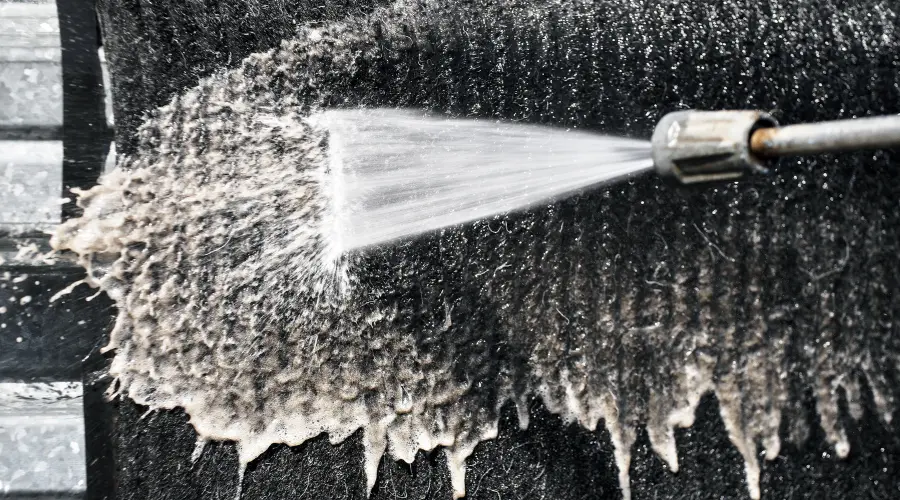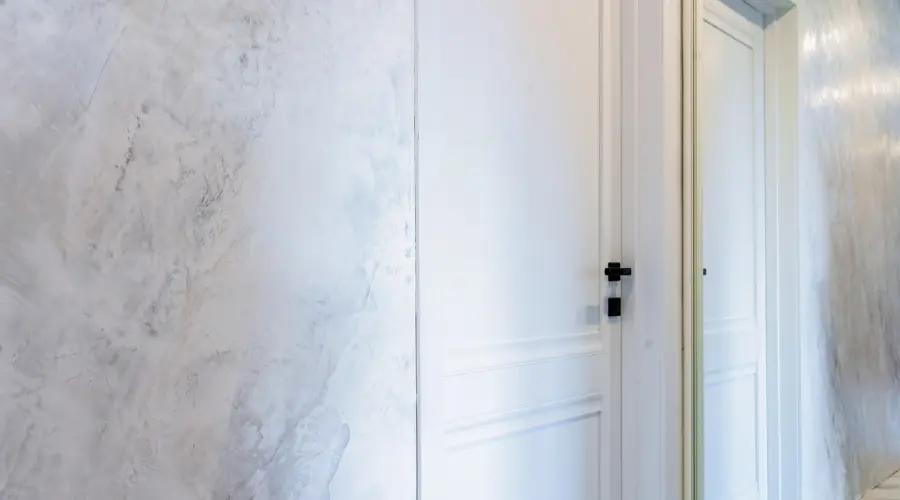There’s nothing quite like a fresh coat of paint to transform the look and feel of your home. However, the excitement of a newly painted space can quickly be overshadowed by the pungent odor of paint fumes lingering in the air.
Not only can these fumes be unpleasant, but they can also pose potential health risks. In this guide, we’ll explore effective ways to prevent paint fumes from infiltrating your living space, ensuring both a visually appealing and healthy home environment.
Experience a seamless painting process with CCT Apex House Painting – where precision and perfection meet to redefine your home’s charm.
How to Defend Against Paint Fumes
- Choose Low-VOC Paints: The first line of defense against overwhelming paint fumes begins with your choice of paint. Opt for paints labeled as “low-VOC” or “zero-VOC” (volatile organic compounds). These formulations release fewer harmful chemicals into the air, significantly reducing the intensity of paint fumes.
- Ventilation is Key: Proper ventilation is crucial when painting. Open windows and doors to create a cross-ventilation system that allows fresh air to flow through the space, minimizing the concentration of paint fumes. Consider using fans to aid in the circulation of air.
How to Prevent Paint Fumes
- Paint in Well-Ventilated Areas: When possible, choose to paint in areas with ample ventilation. If you’re working on smaller projects, consider taking them outdoors to minimize the impact of paint fumes inside your home.
- Use Respirators and Masks: Personal protective equipment, such as respirators and masks, can provide an additional defense against inhaling paint fumes. Ensure the equipment is suitable for the type of paint you are using and wear it consistently throughout the painting process.
- Seal Off Unpainted Areas: If you’re painting a specific room or area, seal off adjacent spaces with plastic sheeting and painter’s tape. This helps contain the fumes to the painted area, preventing them from spreading throughout your home.
10 Ways to Get Rid of Paint Smell
- Activated Charcoal: Place bowls of activated charcoal around the painted area. Charcoal is known for absorbing and neutralizing odors, making it a potent natural remedy for neutralizing paint smells.
- Baking Soda: Like charcoal, baking soda is a robust odor absorber. Sprinkle it on carpets or furniture near the painted area, let it sit for a few hours, and then vacuum it up.
- Coffee Grounds: Unleash the odor-absorbing power of coffee grounds by placing bowls of fresh coffee grounds in the painted space. The coffee grounds will help neutralize and mask the paint smell.
- Onions and Water: Cut onions and place them in bowls of water within the painted area. Onions can absorb odors, helping to counteract the paint fumes.
- Citrus Peels: Fresh citrus peels, such as those from oranges or lemons, can add a pleasant aroma to the air while also helping to neutralize paint fumes. Place peels in bowls around the room or grind them in a garbage disposal for a refreshing scent.
Effect on Your Health
- Respiratory Issues: Prolonged exposure to paint fumes, especially those containing high levels of VOCs, can contribute to respiratory issues. Individuals with asthma or other respiratory conditions should be particularly cautious.
- Headaches and Dizziness: Inhaling paint fumes may lead to headaches, dizziness, and nausea. Adequate ventilation and the use of personal protective equipment can significantly reduce these symptoms.
- Irritation of Eyes, Nose, and Throat: Paint fumes may irritate the eyes, nose, and throat, potentially causing discomfort and potential long-term damage. It’s essential to take preventive measures to minimize exposure.
Transforming your living space with a fresh coat of paint should be a joyous experience, not marred by the overpowering smell of paint fumes. By choosing low-VOC paints, implementing proper ventilation, and employing effective odor-eliminating techniques, you can create a beautiful home and Create a secure and cozy sanctuary for yourself and your loved ones.
Give precedence to your health and well-being by adhering to these guidelines and ensuring that your home improvement projects leave a lasting positive impact without the lingering scent of paint fumes. Breathe easy and enjoy the fruits of your labor in a home that is both visually stunning and free from harmful odors.







